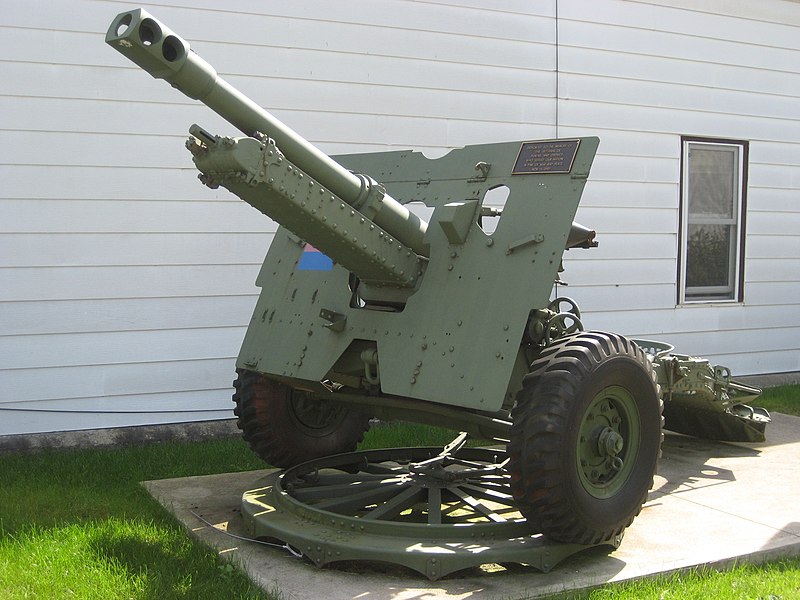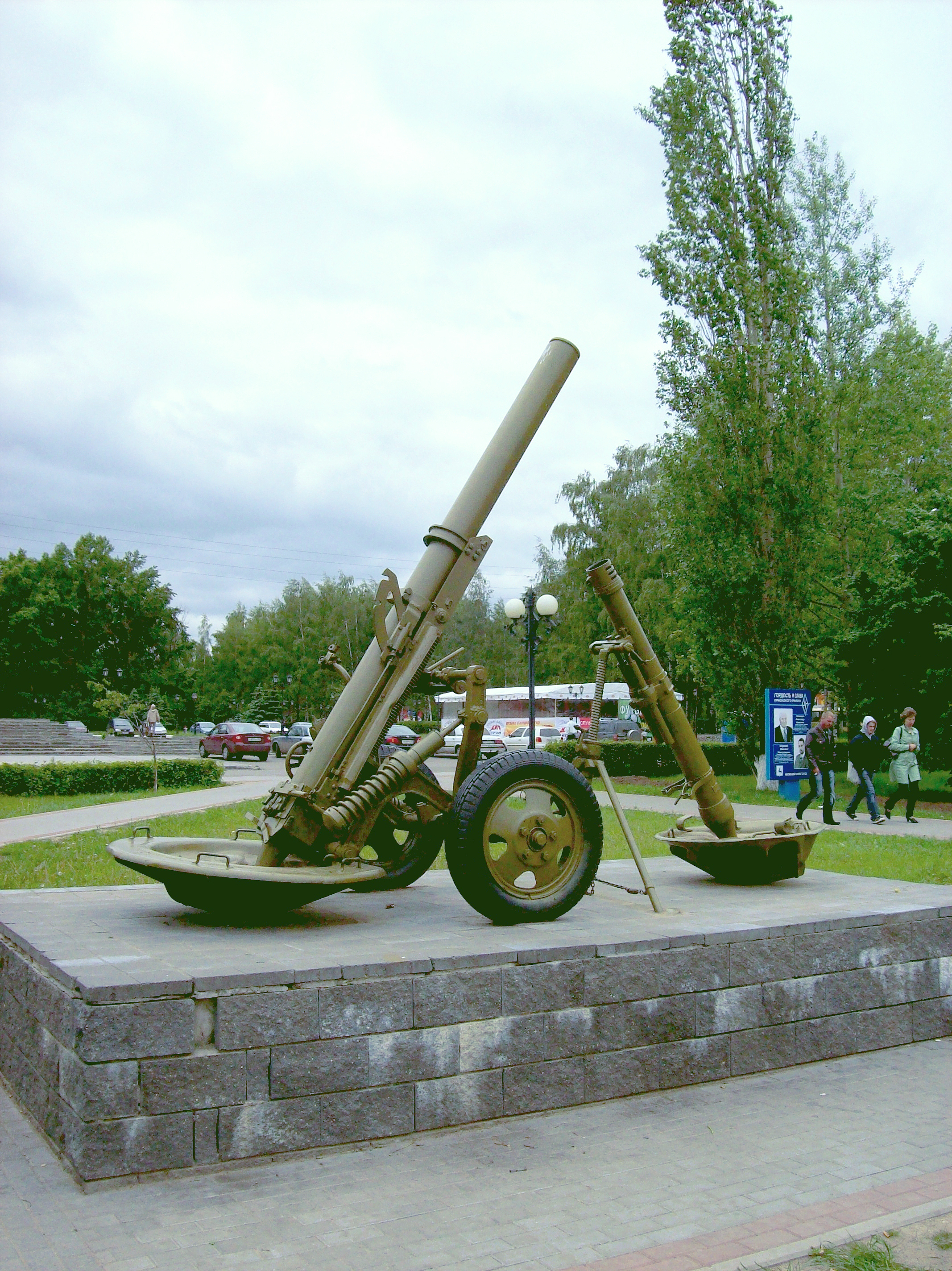@ATP
IMO too "heavy" - you have Corps level stuff there - but as we are fantasising about ideal

Those Long Toms need a "dywizjon pomiarów artyleryjskich" - i.e. a "ranging and target acquisition" - Counter Battery/Survey battalion, as otherwise they are limited to 8-10km range (
no can find target beyond that).
Good point about having a few light planes for recce/laison - although again this might be a Corps asset ... could find targets for that long range artillery

BTW - here "dyvision" is used to denote an artillery
battalion - this is Polish, Russian etc. usage where there are two similar yet spelt differently words for division - one meaning the "big" thing, the "combined arms" formation, while the other denotes an artillery or cavalry battalion/half-regiment. French Revolutionary/Napoleonic Army also used "division" for two things. Austrian German - same, for cavalry half-regiment.



